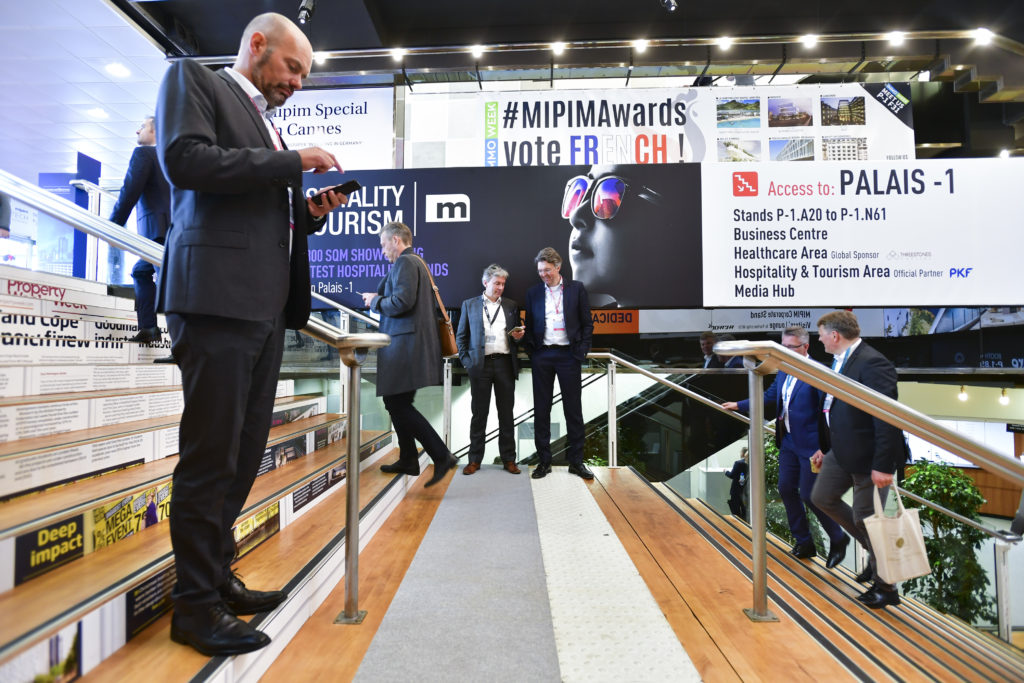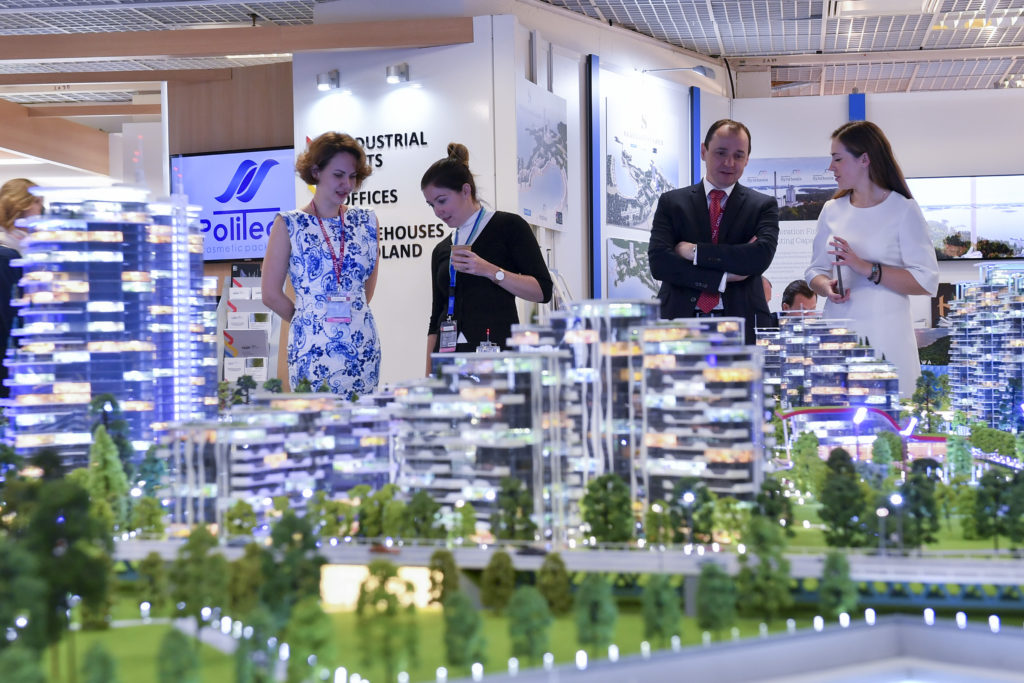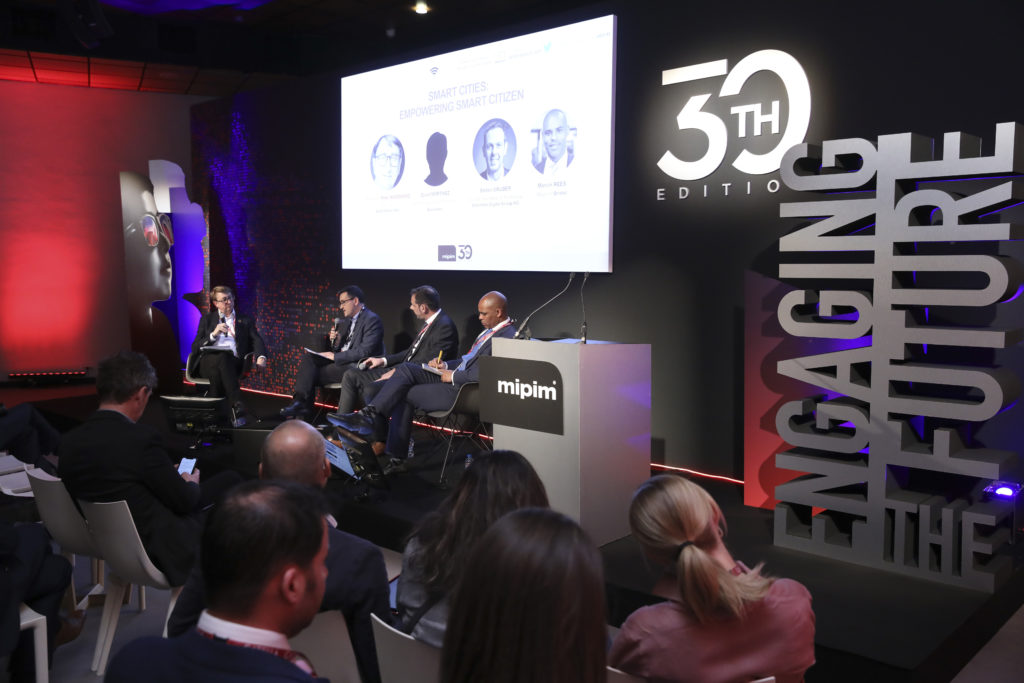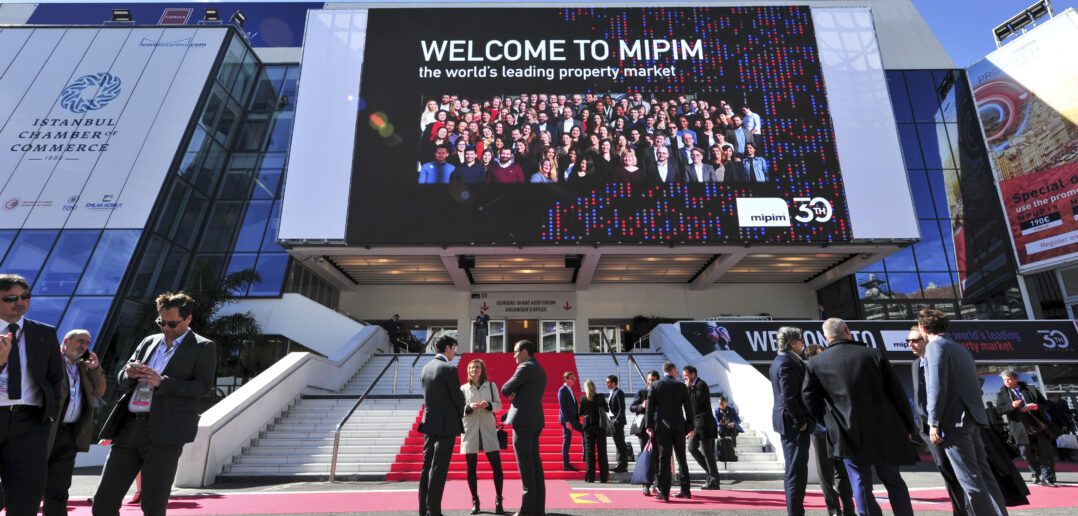MIPIM is the place where you meet the global property markets with a lot to say and business to do. World’s growing cities were there demonstrating their future vision, and their plans were green and sustainable. Companies are paying a lot of attention on the employee experience in their work environments and that’s what I want to focus in.
Focus on employee experience in real estate at MIPIM
As millennials move to the workforce in droves, they are teaching all of us some things about work-life integration, and this is evident in their changing expectations of the workplace. They’ve grown up with a smartphone in hand and access to the world via google and apps. Why should their workplace be any different?
App-driven Workplace

MIPIM 2019
Given the changing face of the workforce, it’s not surprising that the app-driven workplace was a key topic of many discussions. Commercial building occupants want access to services like the cafeteria menu and wait times, the ability to easily book a meeting room, and even to manage their dry cleaning and car care at the touch of a screen. This is leading to what some are calling the ‘hotelisation’ of the workplace where concierge services are expected and common spaces feel less like work and more like home. Panel discussions focused on the importance of shared areas such as cafés and lobbies where employees can have ad-hoc meetings and extend their workspaces. In new construction, lobbies are being built to look less austere and more comfortable, and workspaces are beginning to look more like living rooms than offices. In fact, some at MIPIM suggested that the word ‘office’ is out of style and that ‘workplace’ is more in vogue.
And why not manage your workplace via voice? With many of us accessing services at home via Amazon Alexa and other voice-enabled apps, the expectation for the same conveniences is moving to the workplace. Why can’t we control the lights and temperature via voice or change the music in our common areas?
Efficiency and Building Value

MIPIM 2019
With so many options for where employees can work – from home to the local coffee shop- employers must make their offices appealing to get people into the office and engaging face to face. In addition to building aesthetics and digitisation of services, improvements in efficiency can help make workplaces more attractive. A commercial office building that gives time back to people is worth a lot more to tenants and building occupants and may even result in higher rents and long-term building value. When services are readily available and employees are efficient and productive, it becomes easier to attract and retain employees.
New Role of the Property Manager
These changes in the workplace and the way real estate is developed are leading to changes in the role of the property manager. Traditionally, the property manager ensured that the properties under his/her care operated smoothly, maintained their appearance, and either preserved or increased in value. The new role of the property manager will be hospitality-centric. Like the ‘hotelisation’ of the workplace aesthetic, the role of the property manager is changing to include the acquisition and delivery of services for building occupants. For example, the food court can no longer be a one size fits all, but rather it should have options for varying diets and tastes as well as higher-end options for VIPs and visiting guests. To compete with nearby addresses, the new role of the property manager will be to uncover the unique needs of the building occupants and deliver services to meet these needs- anything from lunchtime yoga to dog-walking groups.

Panel « Smart cities: empowering smart citizen »
With so much to learn at MIPIM about engaging the future of real estate, the focus on the changing workplace was the most fascinating to me and aligned so well with Schneider Electric’s vision of a harmonious, digital workplace. At Schneider Electric, we are committed to embracing the future and we have a clear focus on using digitization to improve operational efficiency and sustainability with our open innovation platform and architecture called EcoStruxure™. With offers available today such as EcoStruxure Building Advisor and EcoStruxure Workplace Advisor, we support real estate professionals looking to maximise value from their properties and create a more efficient and productive workplace for their employees, and our open innovation platform will allow them to plan for the needs of tomorrow.
Thanks to the MIPIM team for an amazing ‘first timer’ experience, and we’ll look forward to seeing what the future brings at MIPIM 2020! For more information on Schneider Electric’s solutions for Commercial Real Estate, check out our Building Management blogs or visit our website.



